Strategic Change Management: Royal Bank of Canada Analysis Report
VerifiedAdded on 2023/04/19
|5
|855
|265
Report
AI Summary
This report provides an analysis of strategic change management, focusing on the Royal Bank of Canada (RBC). It begins by emphasizing the significance of a well-defined business plan for organizational growth and development, highlighting the importance of delegation within the organizational structure. The report then delves into the hierarchical structure of RBC, outlining the roles and responsibilities of key executives and managers, including the CEO, CFO, and heads of various departments. It examines how this structure facilitates decision-making and addresses challenges related to sustainability. The report further explores RBC's business model, emphasizing the value proposition and customer relationships as key areas for driving change. It discusses the company's initiatives for promoting financial literacy, addressing ecological and social challenges, and reducing its environmental footprint. The report also evaluates techniques for improving stakeholder relationships and enhancing corporate governance, ultimately aiming to contribute to the long-term sustainability of both the company and society. The report concludes with a reference list that includes sources from the assignment brief.
1 out of 5
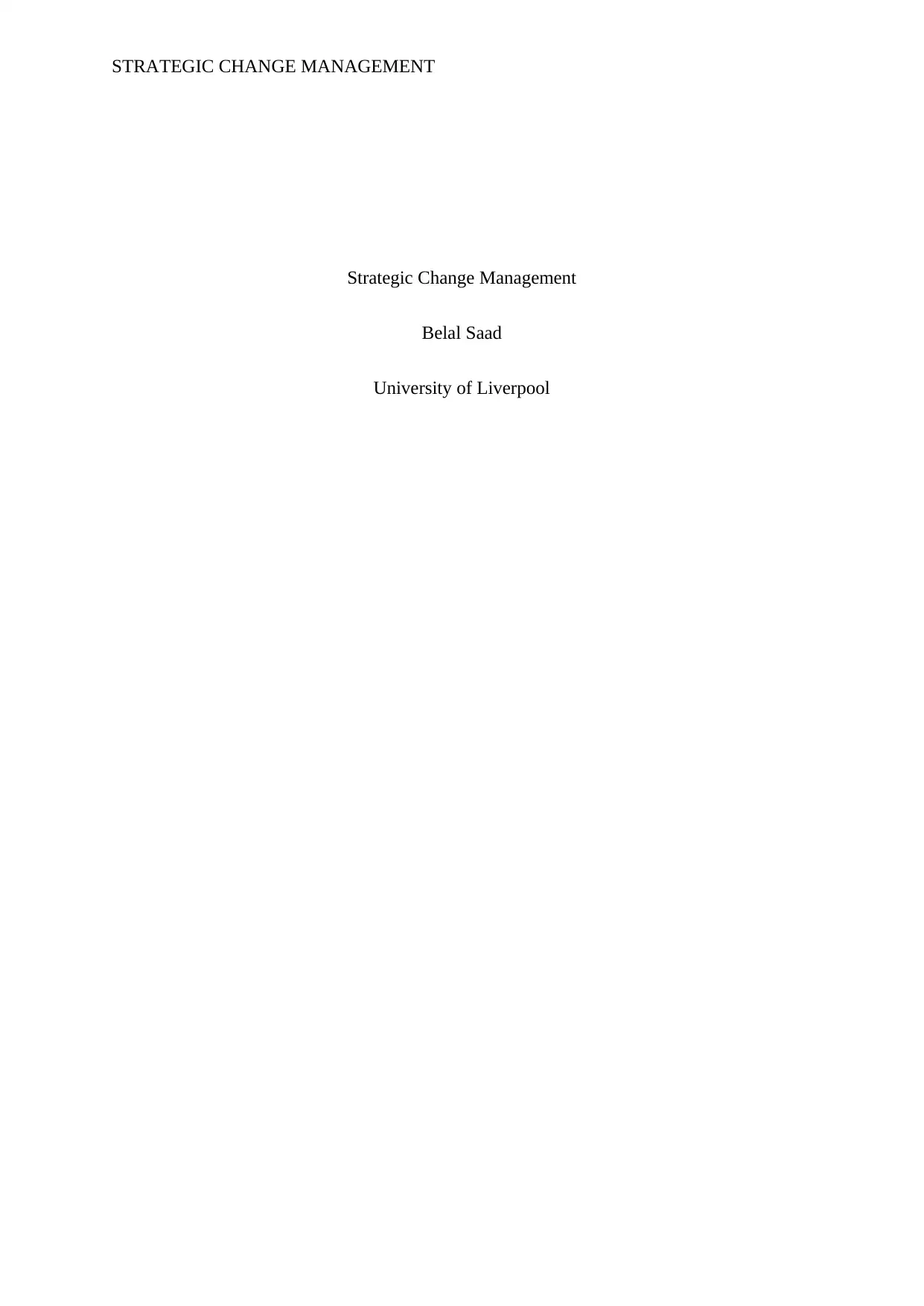
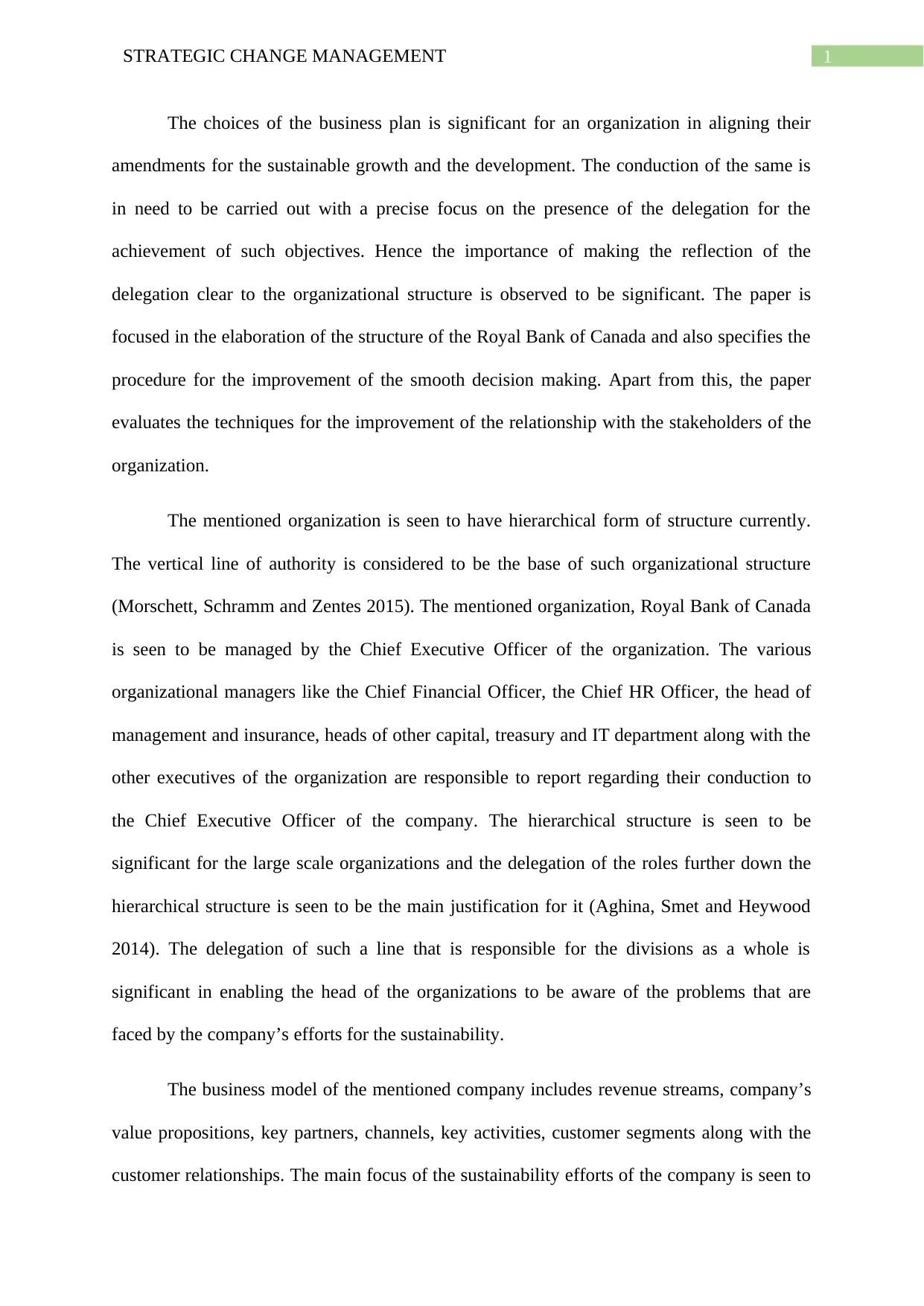
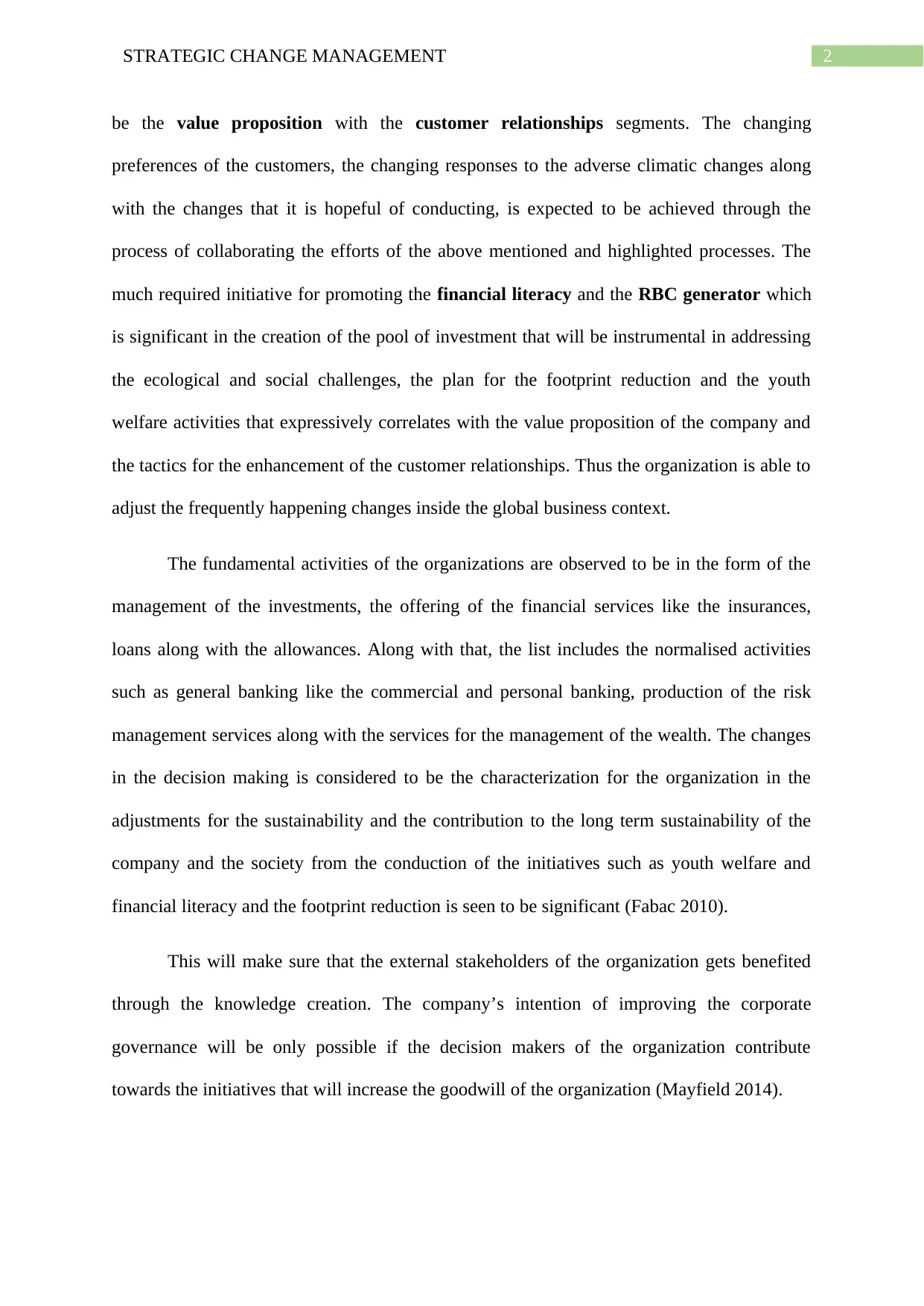

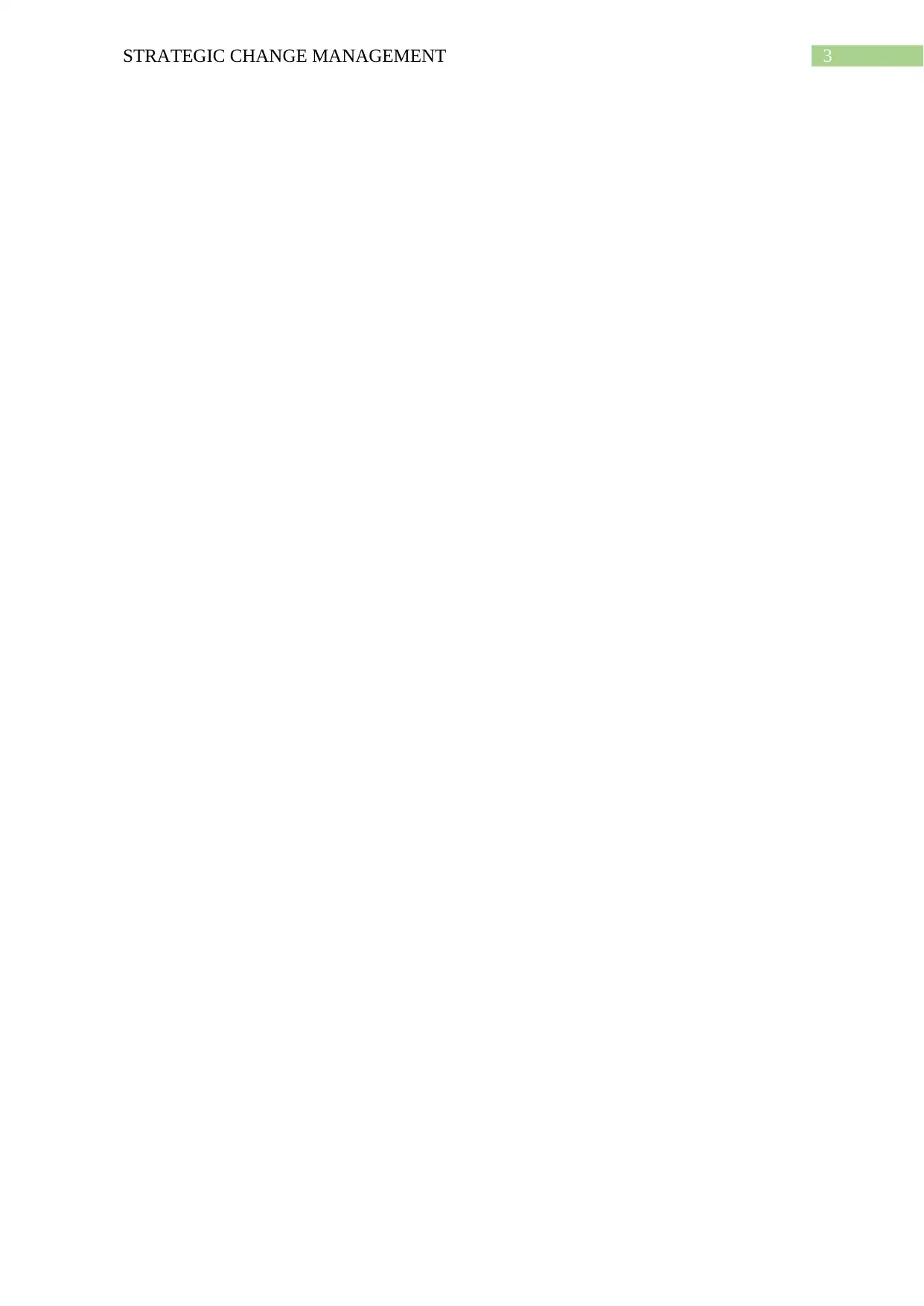
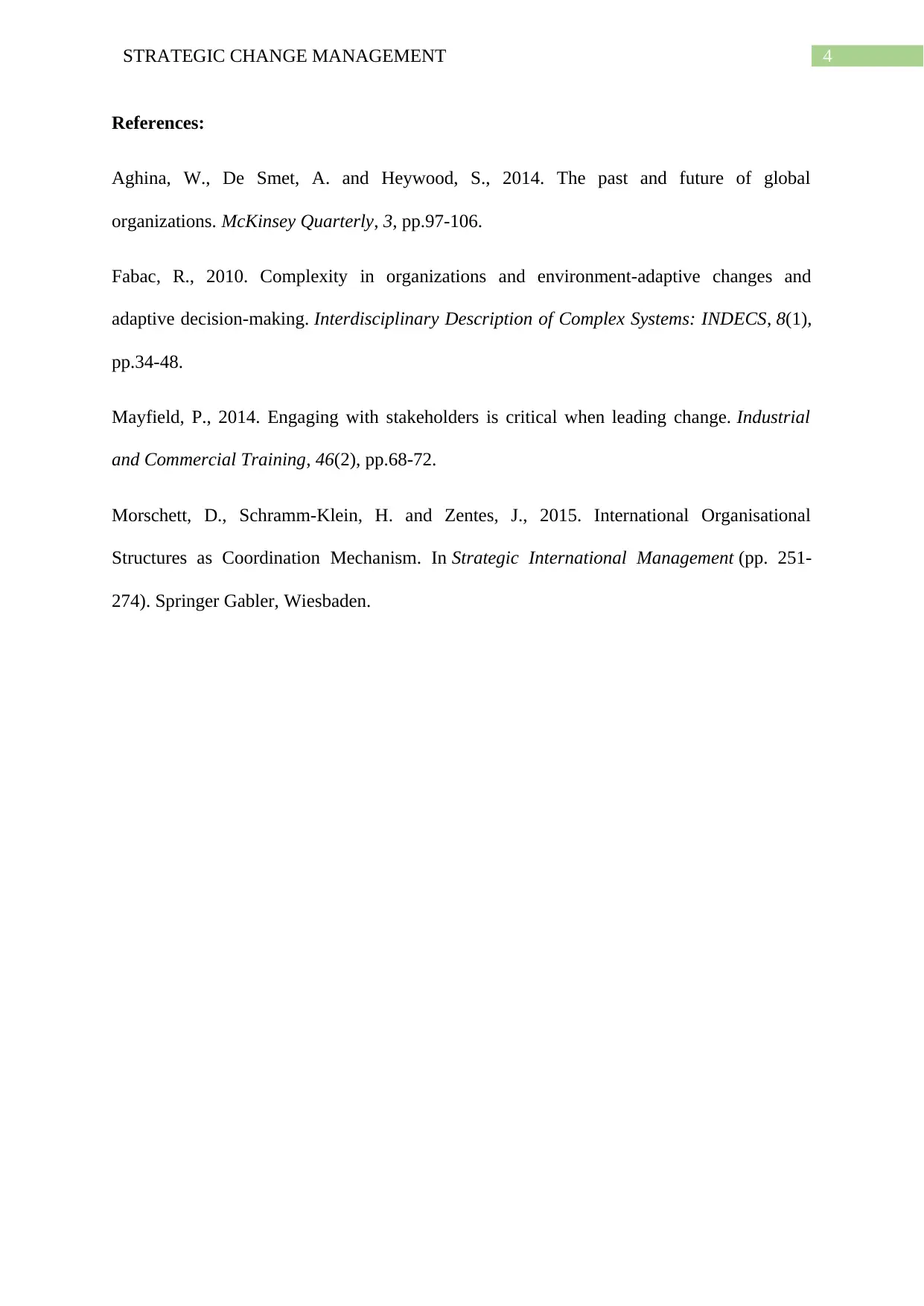






![[object Object]](/_next/static/media/star-bottom.7253800d.svg)